An increase of big cat sightings around Dundee in the late 1980s had residents vowing to “borrow a gun and mount a round-the-clock watch”.
Reports of big cats on the prowl around Tayside first emerged in the 1970s, steadily increasing in the following decades.
In the 1980s, several big cats were glimpsed by people, often motorists late at night on rural roads.
For others, it’s not what they saw, but what they heard – or found – that pointed to evidence of carnivorous creatures living stealthily in our midst.
Slaughter bore the hallmarks of a big cat
A tenant farmer out night fishing with a friend at South Esk near Brechin in May 1986 described an encounter with a big cat that he had written about in his diary.
While he was wading in a fishing pool, a large black cat crept out of the undergrowth and started lapping from the water’s edge before disappearing again.
The man said he had “no doubt whatsoever” that what he saw was a large feline and not a dog.
On another occasion, the man’s diary detailed a different fishing expedition under the cover of darkness.
He and his friend heard the unmistakable, blood-curdling screams of an animal in great pain, before the commotion suddenly stopped.
The next day he went back and found the grisly remains of a roe deer, freshly killed, its throat viciously torn out and most of its hindquarters and flank missing.
Its slaughter bore the hallmarks of a creature with big teeth and big claws; the injuries were far larger than could have been caused by any domestic animal.
Cat playfully pounced near beauty spot
The following month, a sighting was made further into the wilds of Angus, at the top of Glen Doll, by a group of walkers.
They witnessed a big black cat, seemingly oblivious to their presence, playfully leaping, pouncing and rolling on ground near the bridge at the Cairngorm beauty spot.
The group believed it to be around the size of a large dog, but insisted its movements were of a feline nature.
Such tales made people understandably anxious that any rustling in the undergrowth, or movement seen out of the corner of their eye, was a big cat ready to pounce.
But the panic stepped up a gear when bolder big cats were spotted in more urban areas and in Dundee itself.
Residents vowed to arm themselves amid big cat threat
In June 1986, Dundonians were ready to take the law into their own hands when it came to big cat sightings.
Fearful Residents in the Kenmore Terrace and Byron Street area told The Courier they were “making arrangements to borrow a gun and mount a round-the-clock watch” for the mystery big cat.
Concerned former Lord provost councillor Harry Vaughn called for “immediate action” to bring the beast under control.
He told how residents in his ward were too petrified to leave their homes for fear of being attacked.
“I feel something should be done now to try and catch this thing,” he said.
“It’s getting to the stage that folk are afraid to walk about at night, this thing’s been seen so often.”
Warning to primary school pupils after big cat sightings
Two years later, police confirmed that several people in St Andrews had reported seeing a large cat.
Former soldier Sandy Rankin, 48, claimed he came face to face with a Lynx-like creature near Lamond Drive.
He was making his way home when the big cat sprang out of a hedge and bared its teeth at him.
He described the feline form as having pointed ears, and being black and brown speckled.
A month later, Sandy’s big cat encounter was echoed by 22-year-old Gail Robertson, who also saw a creature skulking near Lamond Drive.
She was driving home when the animal was silhouetted in her headlights.
She said: “It ran out in front of me and then jumped a wall and took off in the direction of the East Sands Leisure Centre.
“It was too big to be a cat and I’m sure it wasn’t a fox. It had pointed ears and was brown.”
Renewed sightings of a Lynx in Newport in 1988 prompted the headmaster of Wormit Primary, George Currie, to warn pupils not to take their usual route along a nature trail to school.
Mr Currie said he made the decision based on a “definite” big cat sighting by teaching staff, and he added: “The nursery teacher and nursery nurse who were out with children near the trail came upon the animal by chance.
“It was sitting down and took off when startled.”
‘If I hadn’t seen it myself, I’d never have believed it’
The theory that there was at least one lynx skulking around Dundee and neighbouring communities continued into the 1990s.
In May 1995, taxi driver Stewart Paterson was approaching Ashludie Hospital in Monifieth when a big cat slinked in front of his car.
Stunned, he said: “If I hadn’t seen this thing myself, I would never have believed it.
“It was about 2ft high and more than 3ft long, but it was the length of the tail I couldn’t get over.
“It must have been at least 2ft long.”
While other sightings detailed a black cat, he was adamant this feline was beige.
“This was right in the headlights of my car.
“People who have said it was a big black cat perhaps haven’t seen it properly.
“I had just turned off the Dundee-Arbroath road towards Ashludie Hospital when this thing walked in front of me.
“I was about to say to my passenger to look at that fox when it struck me exactly what it was.”
Tayside Police launched big cat dossier
After nearly 2o reports of a large “panther-like” creature within the space of 16 months between October 1994 and June 1996, Tayside Police started building a big cat “dossier”.
Officers began collating all reports of sightings from the public to build up a picture of the movements of a possible big cat – or cats – from Brechin, Kellas, Arbroath, Kirriemuir and even at the esplanade at Brought Ferry.
The move was also backed by Angus farmers whose sheep had been savaged and “ripped apart” by a powerful creature.
Constable John Robertson, a wildlife officer based at Arbroath, said: “My opinion is that all those people can’t be wrong.
“With all these people phoning in and saying they are seeing a large feline, the law of averages means there probably is a large feline.”
However, Dr John Robertson, a senior zoology lecturer at Dundee University, said “in the absence of any firm evidence” that he was “very sceptical” about the big cat sightings.
Cat was about the size of a Labrador
Nevertheless, one Cupar man even claimed to have hit a big cat while driving at night in 1998.
He got out of his car to investigate the incident, only to discover the unfortunate creature was “no house pet”.
The unnamed man said the animal had received a “glancing blow” but as it struggled to its feet and wandered off, he realised this was no domestic kitty.
He explained that due to its size and sharply pointed ears it was “at least a wildcat”, so he “quickly got back into his vehicle and drove off”.
A number of unconnected witnesses alerted police to various sightings around the Wormit and Newport areas.
One terrified motorist caught the stunned big cat in his headlights near Forman roundabout near the Dundee to Kirkcaldy road.
Quarry worker Kenneth Wilkie, of Dundee, spotted a cat “about the same size as a Labrador” in the same area.
He said: “There was nothing else on the road and suddenly this animal appeared and crossed the carriageway.”
He described the cat as having light brown fur and added: “It had very straight, stiff forelegs, huge feet and pointed ears with dark-coloured rings or botches across its fur.”
Sighting could have been a lynx
When relaying his experience to staff at the nearby petrol station, they had seen the animal too.
Mr Wilkie said: “One of the ladies there had spotted it while she was out walking her dog.
“She shouted and it dropped a rabbit it had caught and ran off.
“The thing is, she thought it had a collar on.”
While reporting the incident to police, a customer overheard the call and told Mr Wilkie that he too had seen the big cat matching the same description.
George Reid, Tayside’s chief conservation officer, said although the sightings weren’t what he’d call a “textbook description”, he recognised it as the Eurasian Lynx.
He explained: “The first thing anybody notices about a lynx is its stiff legs, giant paws and tufty ears.
“If it’s hanging about the quarry, the tracks would stick out a mile in the sand, they are so huge.
“I’m very interested to hear about the collar.
“That suggests someone had been keeping it as a pet.”
It was also a good PR opportunity for Mr Reid to drum up some visitors to Camperdown Zoo.
He added that anybody who had seen the animal was welcome to visit the lynx at the Dundee attraction “to compare them”.
Became illegal to keep exotic cats as pets
The fact that some people thought they saw a collar wasn’t entirely implausible.
During the 1960s and ’70s having an exotic pet such as a tiger, lynx or panther was a status symbol and perfectly legal.
But the introduction of the Dangerous Wild Animals Act in 1976 made it illegal to own big cats without a special licence.
Wild pet owners either had to obtain a licence and provide adequate facilities for these creatures, give their pet to a zoo, or have them put down.
Instead, many just opted to release their exotic cats in the countryside, an act which, due to a loophole in the law, wasn’t illegal itself until 1981.
It’s thought that this accounted for many of the big cats spotted in Scotland – at some point between the 1970s and 2000s, almost everywhere seemed to have its own elusive “beast” or big cat.
And although it seems unlikely that a breeding population could have been established around Dundee, there would certainly have been enough food in the wild to sustain these big cats.
Meanwhile, Fife has continued to be a big cat hotspot – in 2010 it was revealed that there had been 10 reports made to police within two years in Courier country.
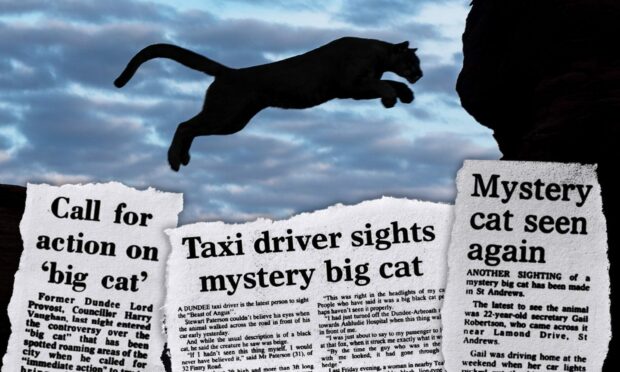
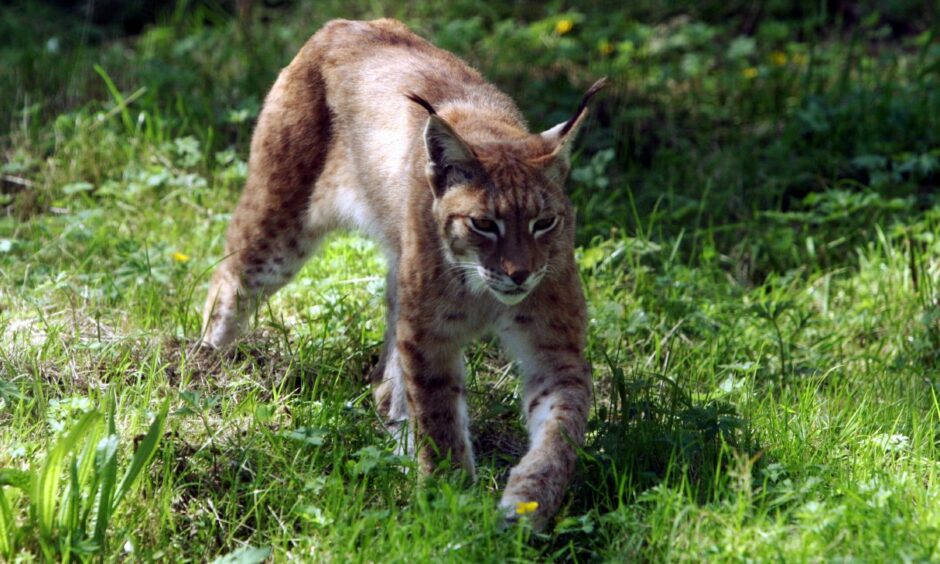
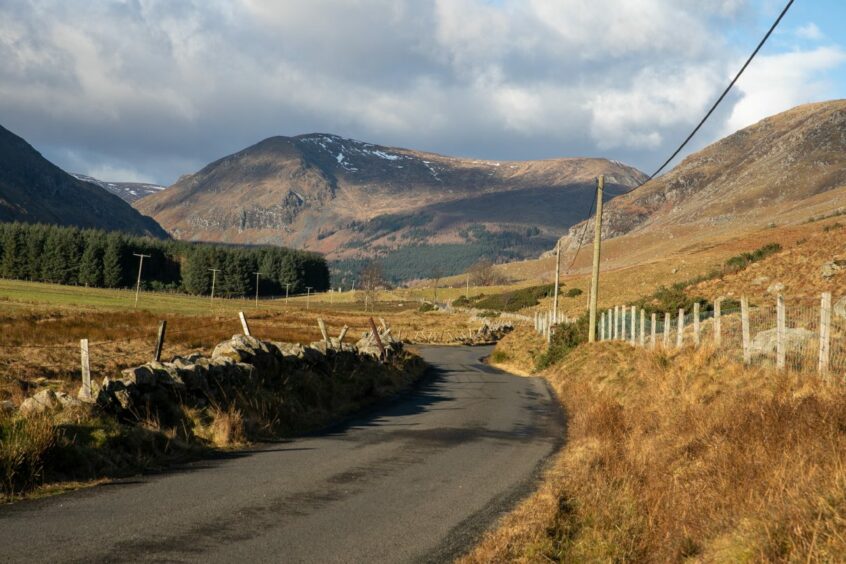
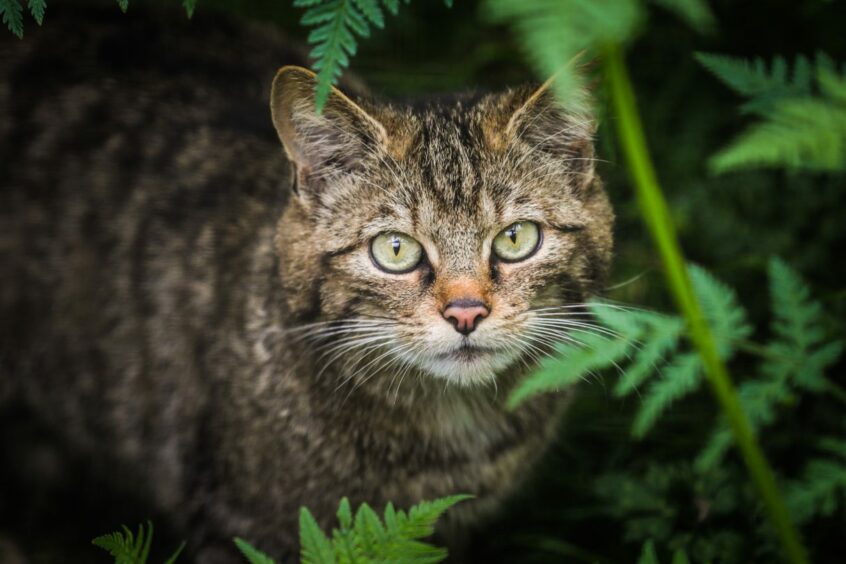
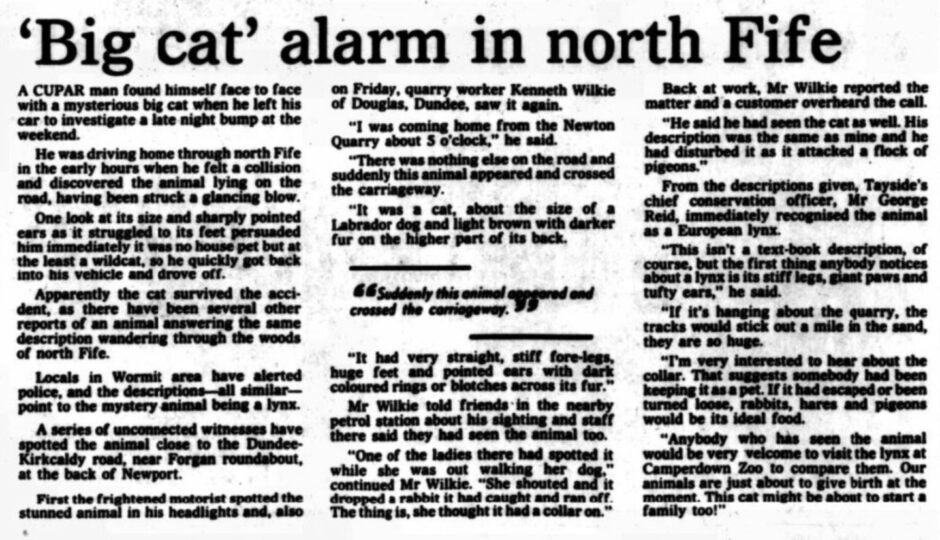
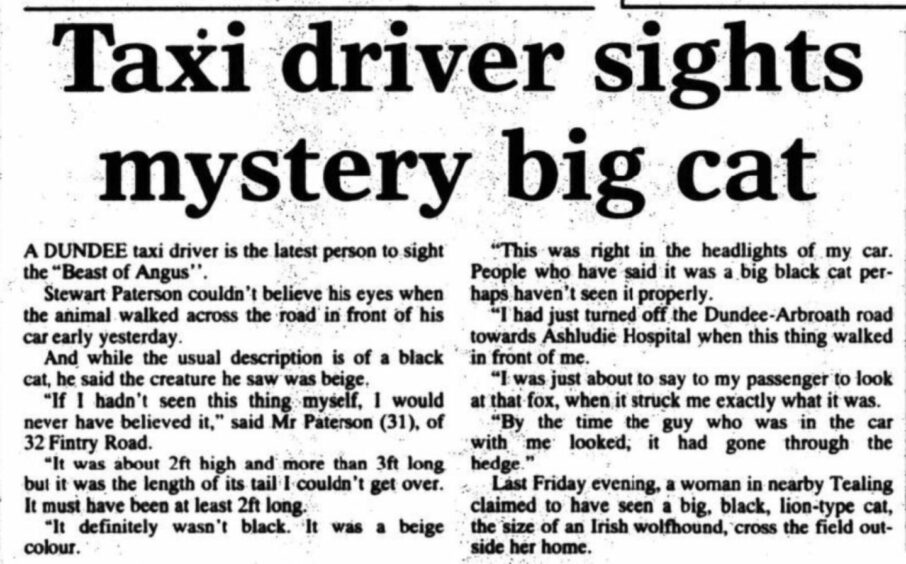
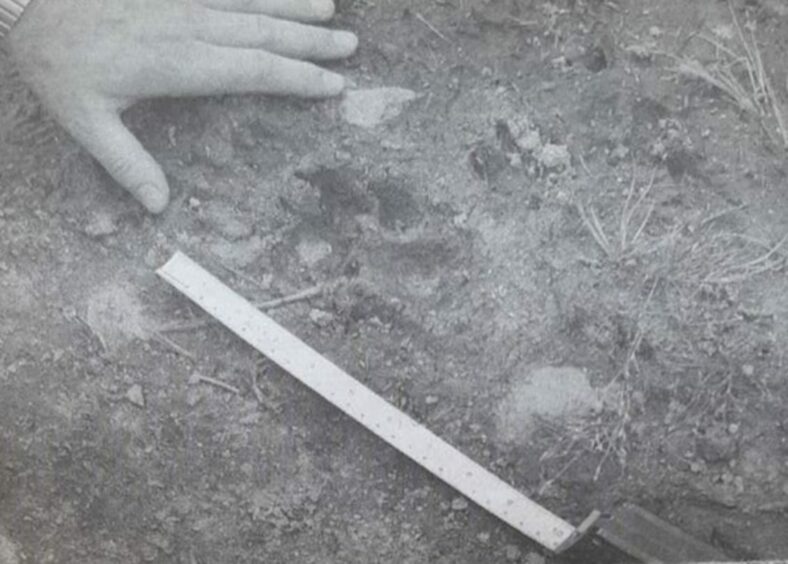
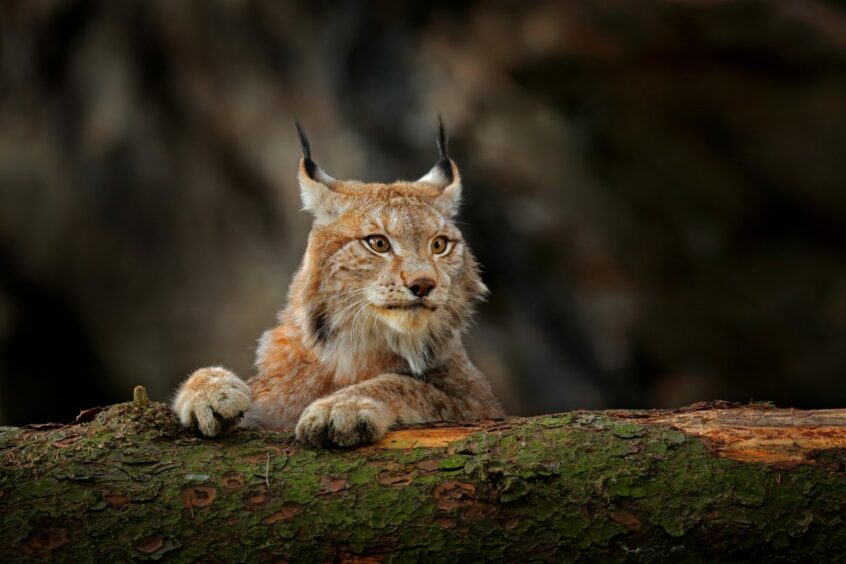
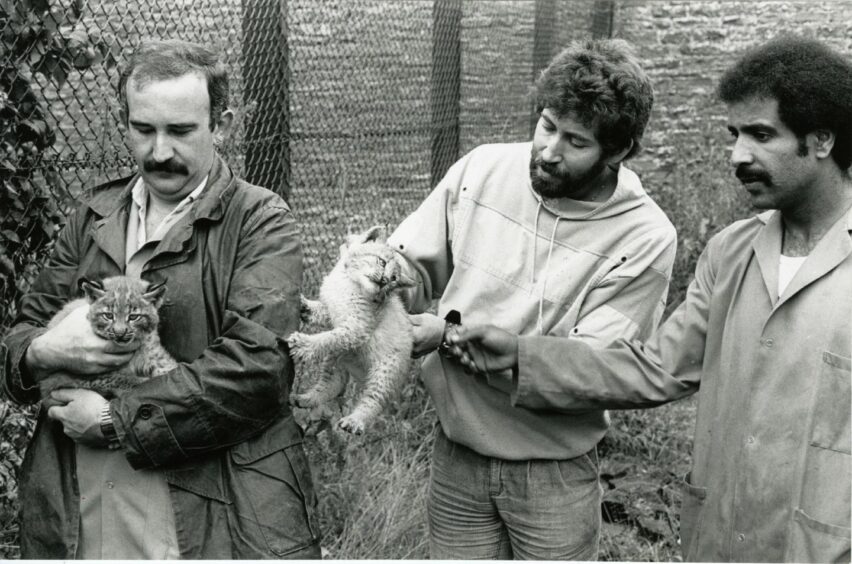
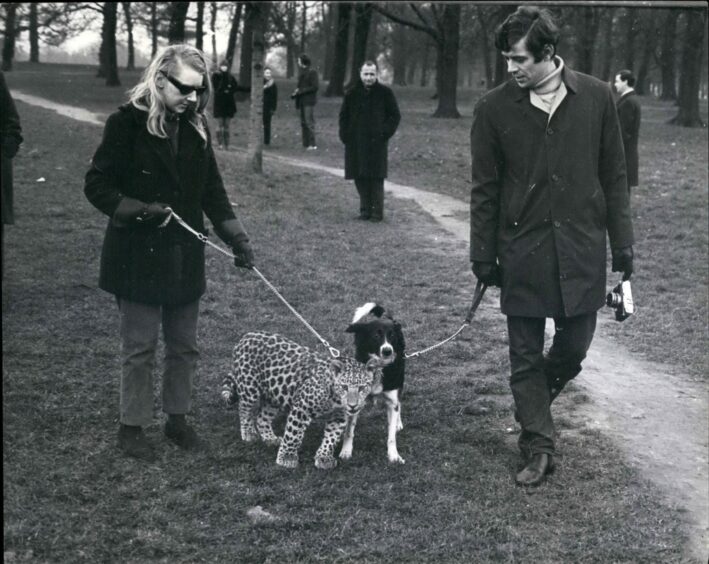
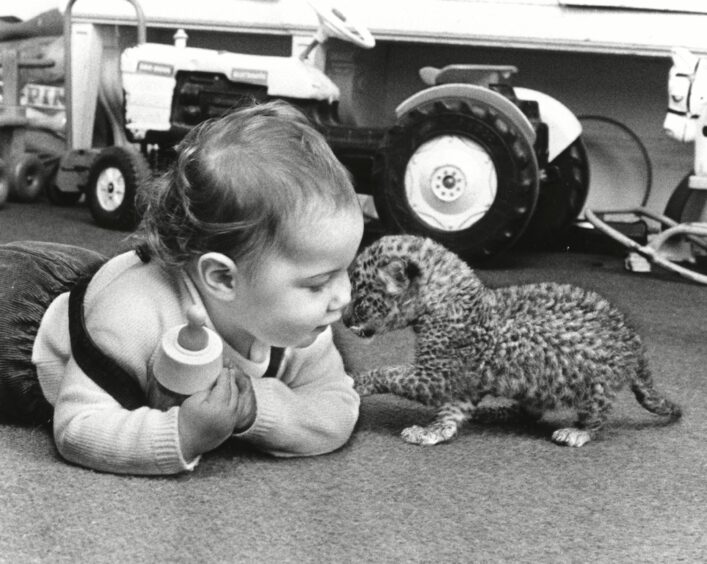

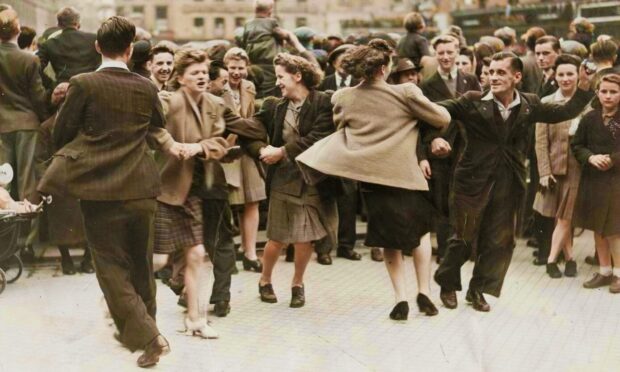
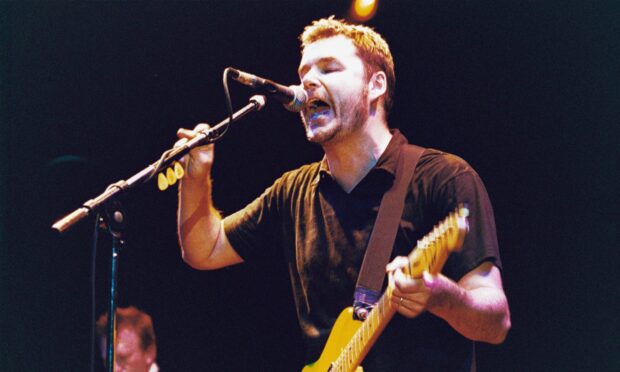
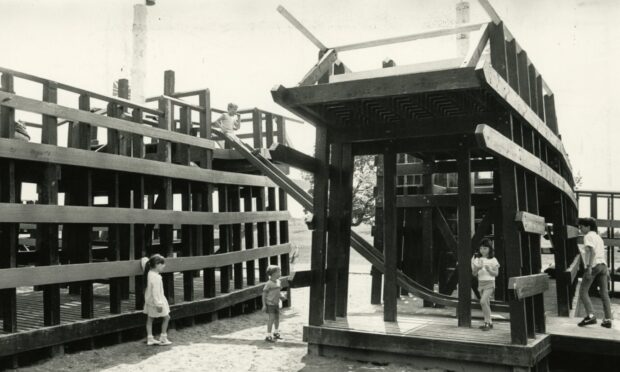


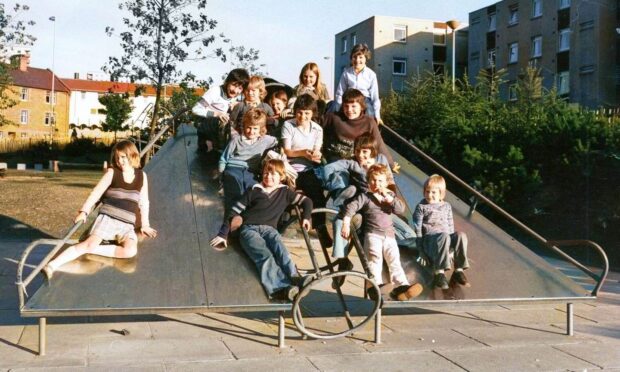
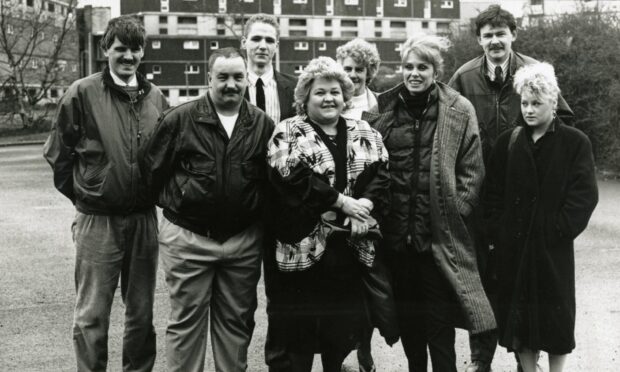


Conversation